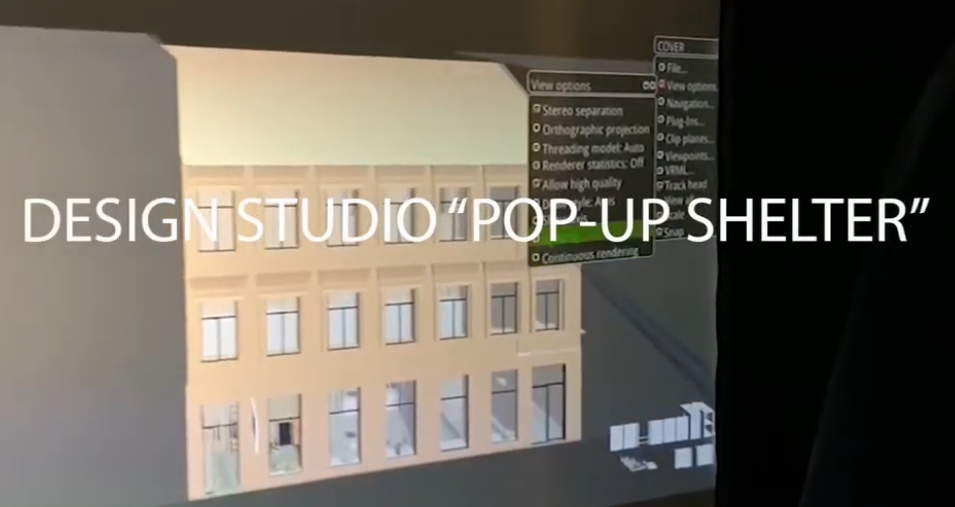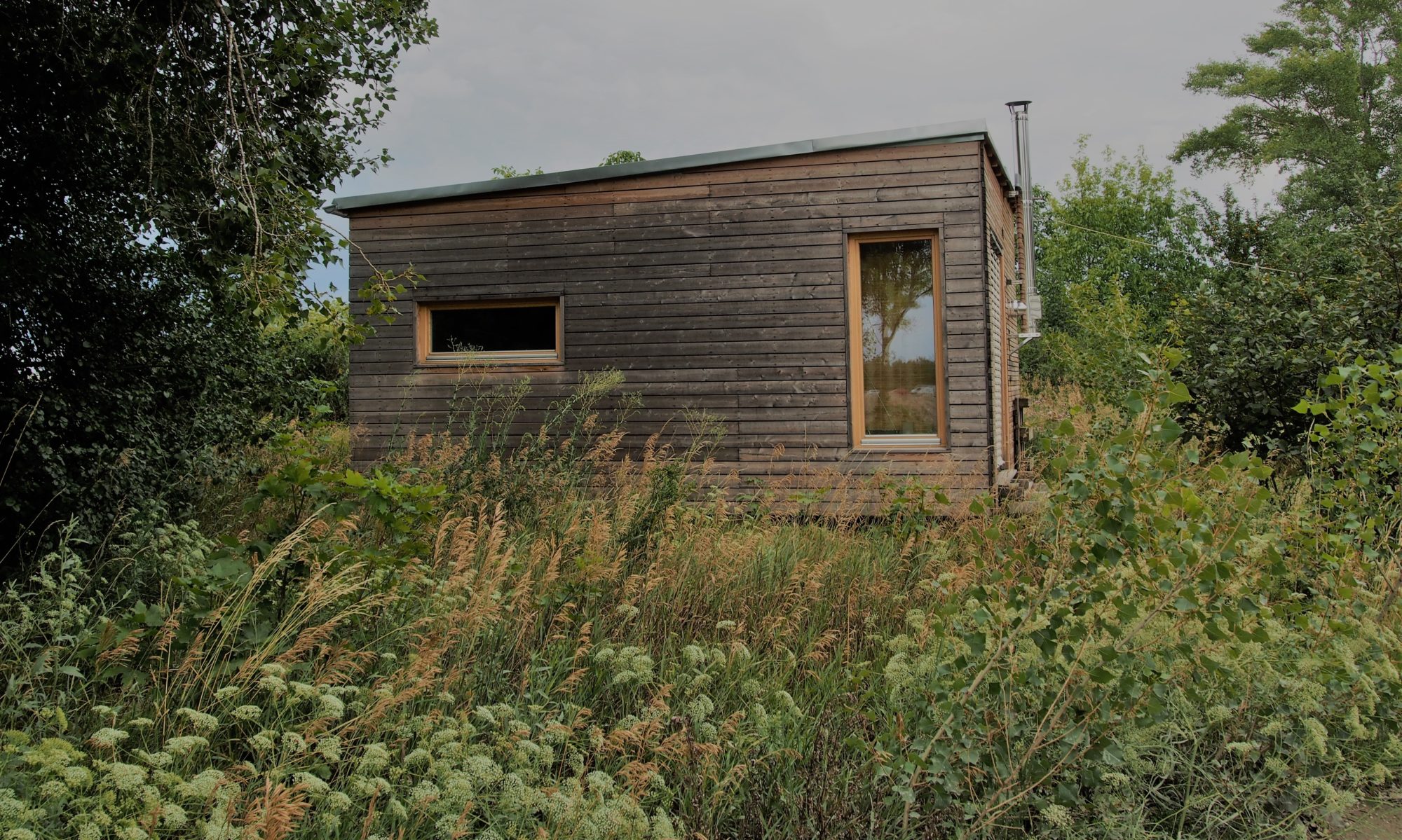
After the successful cooperation in the winter semester 2019/20, we were able to continue the partnership with the TU Wien (Vienna University of Technology)/JASEC (Japan Austria Science Exchange Center) in the summer semester 2020. Students of the design class ‘Großes Entwerfen’ could choose from three scenarios to develop a model and visualize it with a 3D software.
The three scenarios are:
‘Life on track(s)’ is a concept in which living space is provided in wagons on tracks. The wagons can be moved rapidly from one site to another without organization of additional carriers. In this manner, a large number of temporary housing units can be transported and placed within a short period of time. Four different designs were developed for Life on track(s) (by Johanna Huber, Felix Neudeck and Konstantin Werni, Livia Karner, Goekcan Celik).
In the scenario ‘Shop-hopping Box’ (ShoHoBo) the continuing high vacancy rates for ground-floor retail spaces are taken as a starting point to create temporary living rooms. To make better use of the available built environment of the city, these vacancies can be temporarily appropriated as living spaces until another retailer moves in. The architectural challenge is to make the best use of the existing building structure while still providing good residential quality. Structural adjustments, therefore, have to be envisaged either as reversible, easily removable or to be implemented within the course of renovation or maintenance activities of the retail spaces. Six students (Masayuki Fukui, Rachael Verdugo and David Egido, Meryl Barthe, Magdalena Czarnowska and Dokyun Jung) developed four different designs for ‘Shop-hopping Box’.
The scenario of the ‘DonAutonom’ concept involves the use and redesign of old Danube ships (e.g. old cargo ships) that can be purchased, with the idea of being anchored on the Danube to offer a short-term home for different types of user groups. The strength of this concept is the potential of a high degree of autonomy or self-sufficiency in the use of resources. Three different designs (by Cleo Sophie Traub, Mila Mihaylova and Sandra Prieto, Victor Zugmayer-Preleitner) were developed for this scenario.
The TU-course was lead by Iris Mach and Thomas Rief.
We thank all participants for their commitment and great work!
Click here to watch the video showing insights of all designs
